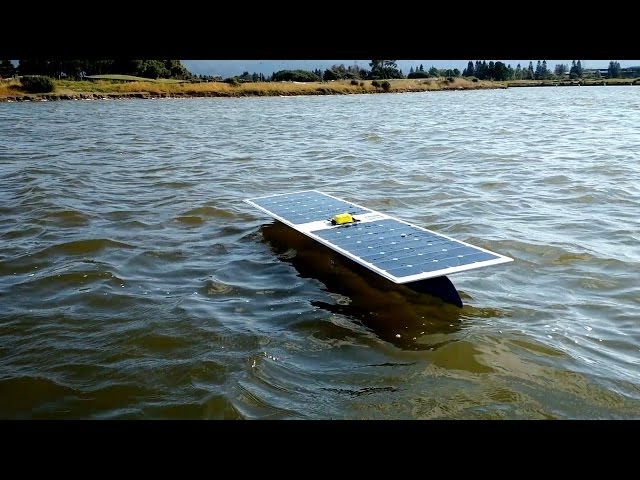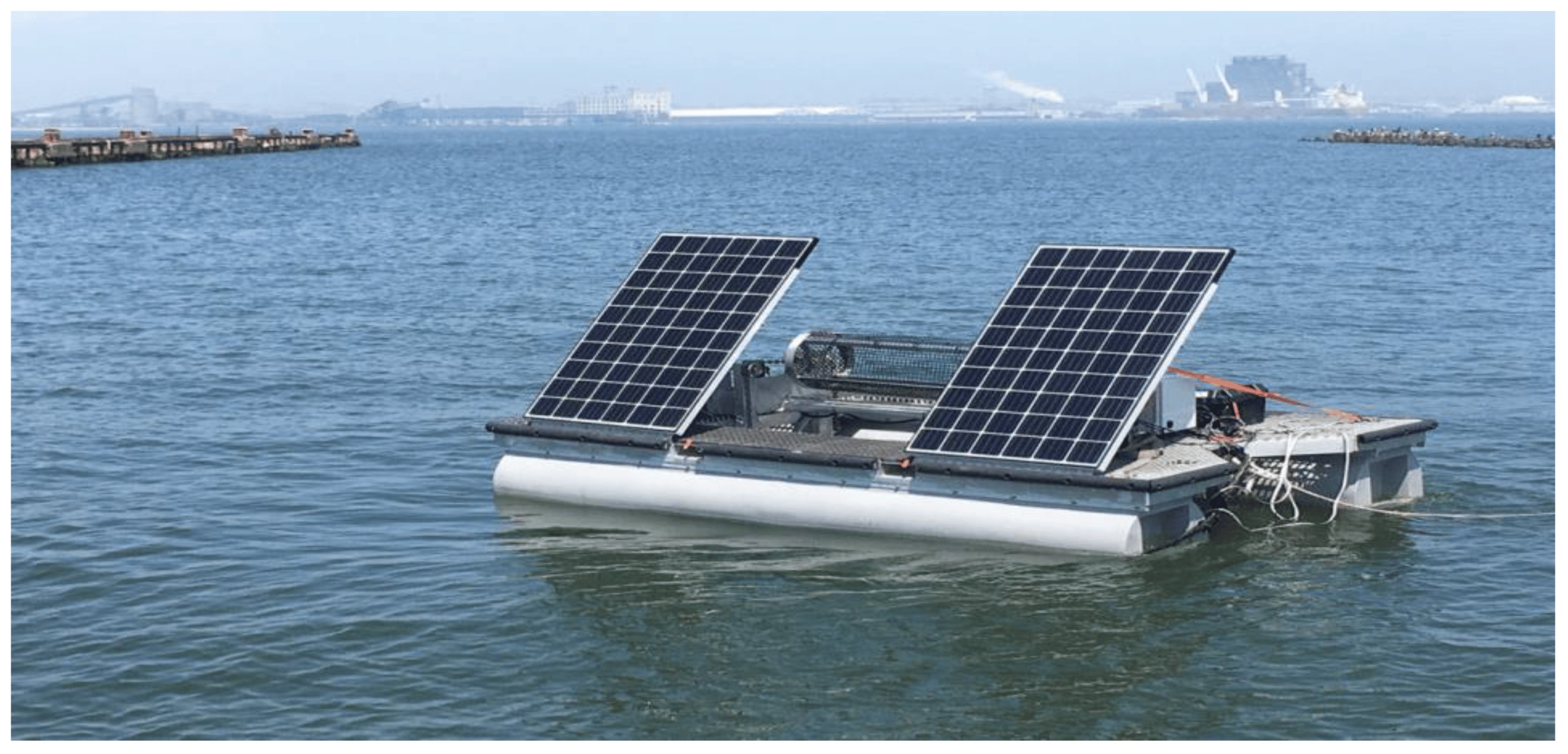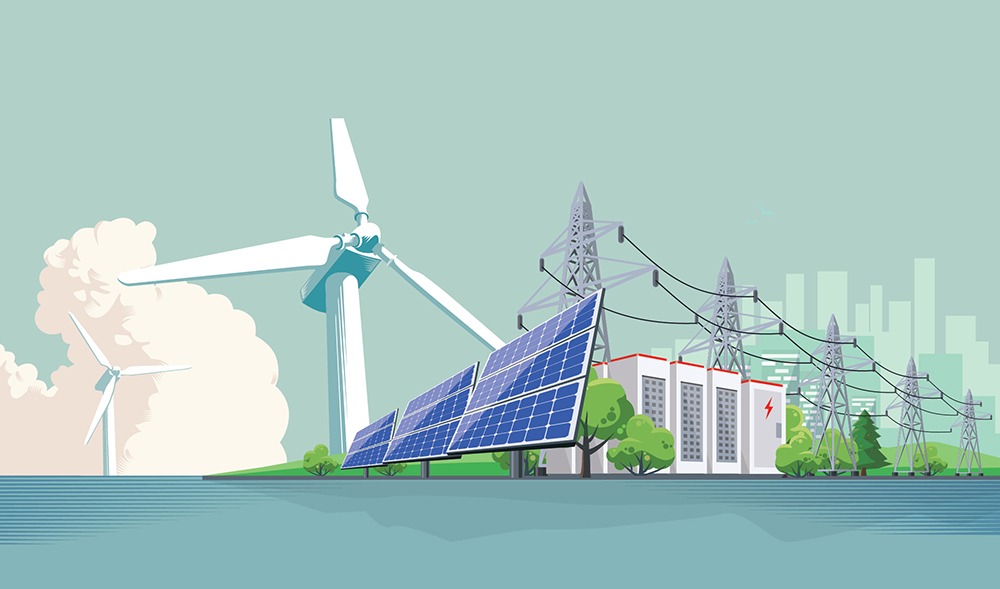Technical Challenges
Intermittency of Solar Energy
Although solar energy is an entirely renewable and abundant source, the fact that it is intermittent due to weather conditions and daily cycles is a limiting factor on its use. In particular, the intermittency of solar energy sources may inhibit aquaculture systems that need a reliable source of energy. For instance, during cloudy or rainy days, solar panels might not be able to produce an adequate amount of energy that is necessary for heating and filtering the water. It will compromise the fishes’ living conditions and put their survival at risk. However, this problem has already been addressed on the scale of such aquafarms as SolarAquafarm from California. It stores excess energy in batteries that are utilized at times when solar panels are not efficient.
Scaling Up Solar Infrastructure
The engineering challenges for employing solar infrastructure for large-scale aquaculture are associated with the feasibility of scaling up solar infrastructure to respond to the energy demands of these facilities. The example of such facilities in Norway suggests that it is possible to develop large-scale solar panels on floating support that do not interfere with the flow of water and do not exert significant pressure on the marine beds. Such an infrastructure provides the needed electrical energy and also addresses the land scarcity challenges.
Optimizing System Efficiency
With regard to system efficiency, high-quality solar panels are vital for their development because they will directly influence the economic feasibility of the source. For instance, the example of bifacial solar panels that capture sunlight on both sides, development of which is on the rise lately, has shown a 20-30% energy production. This technique was used in the AquaSol, Arizona’s case and allowed its solar aquaculture system to minimize its footprint and optimize the overall capacity.
Maintenance and Durability in Harsh Environments
Finally, aquafarming solar infrastructure is located in a difficult environment and can experience maintenance challenges, such as biofouling and bioaccumulation, high humidity and bulk deposition. In such cases, Coastal Solar Power Company from Florida has developed antifouling coatings for solar panels in aqua environments that can protect against salt accumulations and the biofouling. Rainfall is usually enough to activate self-cleaning properties of the cover, but sometimes monthly cleaning might be preferred to prevent clogging.

Financial Barriers
Initial Investment Costs
The initial costs of solar technology application in aquaculture could be high. These costs include the cost of purchasing the solar panels, battery storage systems as well as other associated costs such as the infrastructure used to integrate the solar technologies with the existing aquaculture technology. For instance, the initial investment of a medium-sized aquaculture farm might range anywhere from $100 000 to $500 000 depending on the scale and variation of the technologies. Thus, financial incentives would play a significant role in alleviating this major barrier. An example of such a scheme is the Rural Energy for America Program offers financial assistance –grants, low-interest loans, guarantee loans and tax breaks – to rural businesses to embrace renewable energy sources.
Return on Investment Concerns
RoI is concerned with the profitability of a particular investment. RoI analysis is necessary because these factors defined differ greatly from one location to another and are crucial in determining the outcome a solar-powered aquaculture farm. The ability to demonstrate an acceptable ROI to investors and farm owners is essential to the success of aquaculture projects. According to Stennmann : a semi-intensive aquaculture facility in Spain has reported breaking even within four years post-installation. This aquaculture had been using smaller source of water and electricity, hence the high cost of electricity which would have become its biggest operating cost had it not incorporated solar power.
Operating and Maintenance Costs
The cost of operating and maintaining of solar power systems can be high because of involved manual cleaning of the solar panels; replacing worn-out parts, especially the inverters; and constant upgrading of the solar technology. However, the innovation of automated cleaners and use of long-lasting material reduced these costs.
Access to Capital
The challenge of accessing capital to finance solar aquaculture projects could be exacerbated if the enterprise is a small or medium-sized enterprise. Sometimes these SMEs may not have proper capital history to build a track record, or sometimes the collateral required by traditional financial institution may not be available. However, other possible financial landscape mechanisms have innovated to provide solutions for these problems. Some examples include, green bonds and its variants, sharing investment schemes with investors groups; and public-private partnership. For instance, Stennmann points out that in Thailand, a proper assembly of small-scale fish farmers adopted solar technology through a cooperative model. The SMEs that are unable to invest on their own can partner and invest in a fully sustainable solar system.
Operational Issues
Challenges for Effective Operation of Solar Aquaculture
One of the major challenges in operational terms is the supply-demand management of solar versus aquaculture energy. Water aeration, filtration, and temperature regulation often require constant power, and considering that it is difficult to sustain an aquaculture farm with just solar power, especially if it is a cloudy day or nighttime. Hybrid systems have been found to work as well, with a fish farm in California that relies on solar panels and a battery storage to ensure that the energy is always there, even during the night, as the output shows. The same farm could use solar power in periods when all systems function normally. In terms of the integration of solar power, it may also cause problems as an existing infrastructure of an aquaculture farm may require heavy modification, something that may cost money and time, and increase the risk of disruption, In this way, phase implementation could be a solution, such a fish farm in Australia that presently has two solar phases describing how they installed both solar energy generation and consumption units over the course of two years, with operational periods present during the installations to provide for smooth transitions.
Training and Skill Development
Another set of problems are of staffing nature, as both training and skill development are of strategic importance If operators and facility managers are unable to work effectively with the new technology, operational times and costs can increase significantly. The remaining solution is to regularly involve managed technology providers for training sessions along their provision. The same solution was used at a farm in Norway where the technical staff received a series of training sessions and were able to employ the knowledge not only in maintaining the solar cell units at the point of the maximum efficiency of the total operation of the fish farm.
Technological Challenges
With advanced technologies in place, another set of problems is also related to advanced technology integration. As those allow one to optimize energy management and consumption process. Furthermore, the process of renewable energy management is often both largely energy-energy dependent and better served with large-scale centralized hardware and software with the ability to perform complex calculations, which is the case of machine learning and AI algorithms to create smart management systems. An example for such a situation is that of an aquaculture facility in Japan that uses AI to manage the energy supply and consumption almost wholly autonomously, without the need of any personal by word of mouth on-site or online.
Environmental Issues
Impact on Local Ecosystems
The installation of solar panels in aquatic environments can affect local ecosystems, such as sunlight penetration, aquatic life behavior, and so on. It is essential to assess appropriate planning with conducting environmental impact assessments. A project in Germany conducted a case study on how to properly cover only a small portion of the lake area with solar panels, while allowing adequate light for water plants and algae to bloom at the same time it is used as a technology to generate electricity for the companies from the city.
Habitat disruption
The installation of solar appliances causes habitat disruption through the physical installation itself, especially in natural or public water bodies. One solution is to establish a floating solar system that is relatively non-invasive when managing solar panels. There is an attempt in Singapore to install floating photovoltaic systems with eco-friendly materials for a pleasant environment to help protect marine life under the solar panel.
Water temperature regulation
The solar panel can adjust the water temperature in the system, and this is an essential practice in the aquaculture industry. The change of water temperature can compromise the health of freshwater organisms. To ensure the Automated temperature control system was developed, and introduces the shade adjustment technique by controlling solar panels once it is 10 a.m everywhere in Spain at Mr. Ramirez’s Place.
Chemical leakage
Chemical leakage can happen as a result of occasionally breaking solar panels in unusual places. To protect the ecological context of the surrounding environment, the high-quality material characteristics of the panels produce such risks. For instances, there has not been any chemical leakages in Mr. Ramirez Solar Aquaculture farm in Australia due to the continuous inspection conducted on the panels.

Adapt to Regulatory Changes
One of the most important aspects of regulatory change adaptation is to stay informed. Indeed, regulatory frameworks could change, affecting how solar installations are built, maintained, and expanded. As such, engaging with regulatory bodies and participating in industry forums to do so could be essential to obtain the early warning signal before a regulation change is implemented. For example, a solar aquaculture company in California regularly attends workshops organized by the California Department of Fish and Wildlife to learn about new environmental regulations that may affect any operation of the firm.
Flexibility in Design
Another essential aspect of changes in regulations is to design such systems so that they could be adapted quickly without excessive cost. Additionally, solar aquaculture facilities may be designed to be “modular and scalable, meaning they can easily be configured to adjust as regulatory standards change”. For example, a fish farm in the Netherlands has installed floating solar panels made up of smaller modules that can easily be reconfigured should the change in regulations mean that the panels need to cast more shadow, or may need to be moved more frequently to prevent environmental damage.
Legal Assistance and Advocacy
One of the crucial dominants of the ability to respond to change in regulation is legal capability. Indeed, such a capability can be built in-house, or through consultants. With such assistance, management of a solar aquaculture farm would be able to understand how new laws would affect the operation and put in place strategies to comply. Additionally, effective advocacy can support the policy framework change that may be more favorable to solar aquaculture practices. For example, a group of aquaculture companies in Australia has pooled resources and hired a legal team that assisted with lobbying an amendment in laws regulating the installation of solar to ensure that it would not be too restrictive.
Resilient Business Models
Finally, it is essential to build a business model that can be relatively resistant to changes in the regulatory frameworks. As an example, to alleviate the risk of changes in solar energy policy the Japanese aquaculture has built a large-scale battery storage facility. To ensure financial stability even if the solar energy tariffs were to change drastically or be removed outright, the facility can bank energy in the form of batteries.



